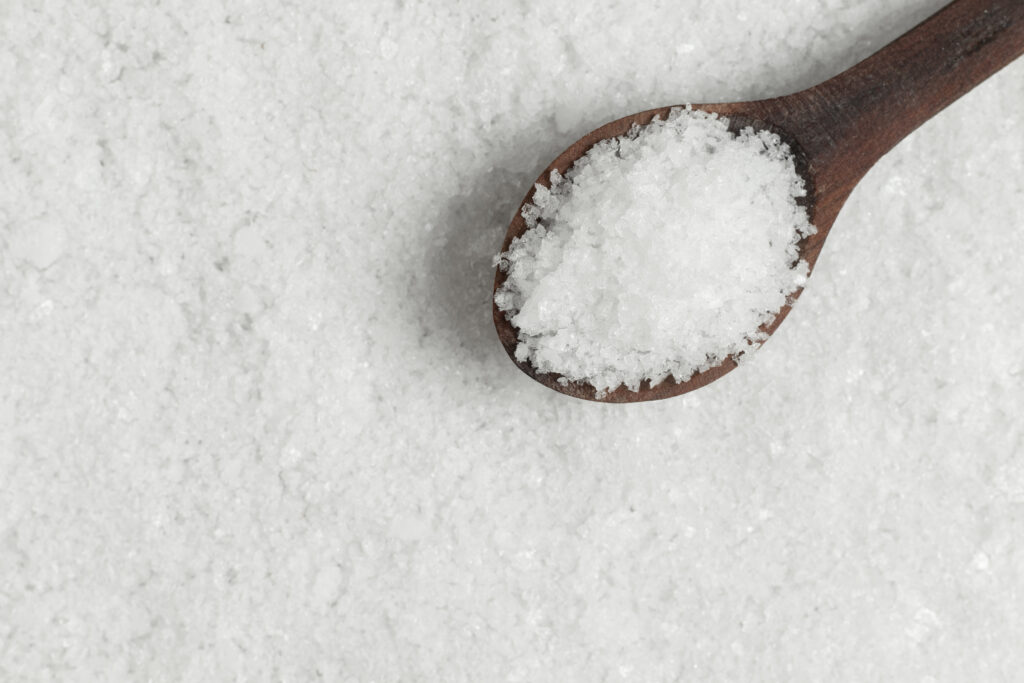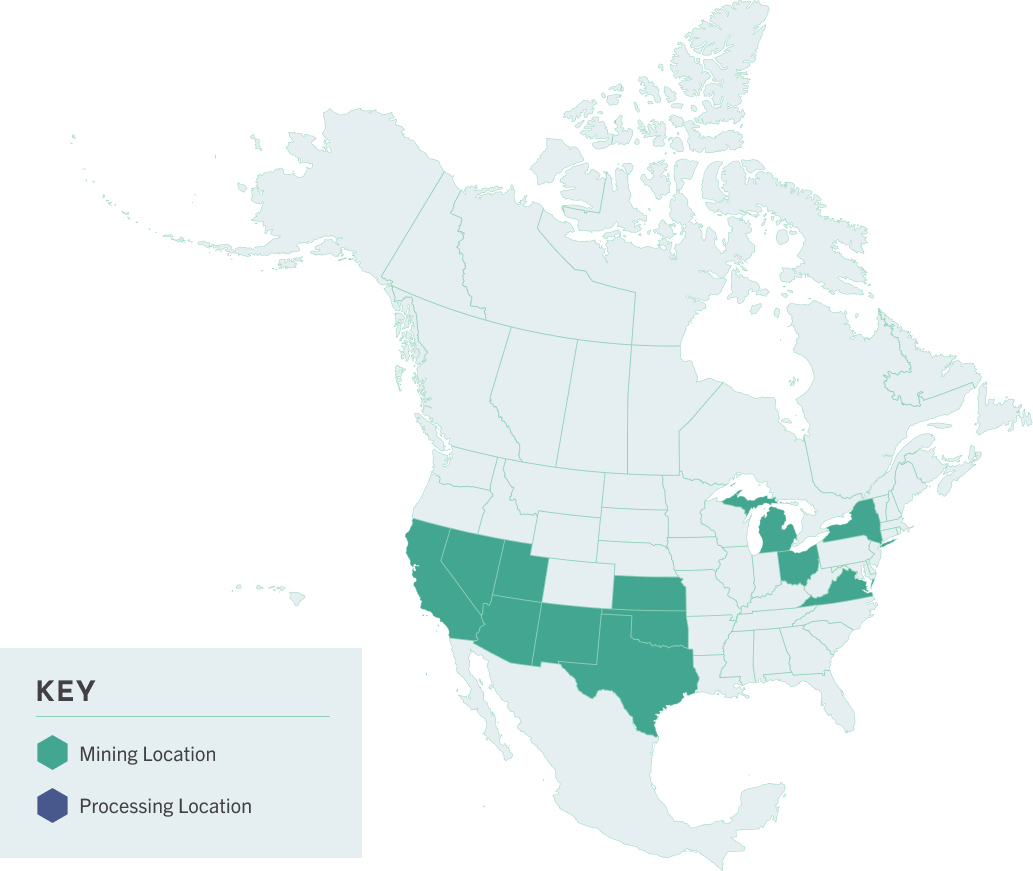Learn All About Salt
Salt
Much more than a flavor enhancer!
Much more than a flavor enhancer!

Salt – sodium chloride (NaCl) – is one of the most abundant minerals on earth. Much more than a food enhancer and preserver, salt is used to keep our roads and sidewalks safe, and it is an essential element in the livestock, water softening, pharmaceutical, and chemical industries.
There are three primary methods for obtaining salt in North America:

Wait there’s more! Click below to learn about the rest of our essential minerals.